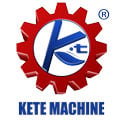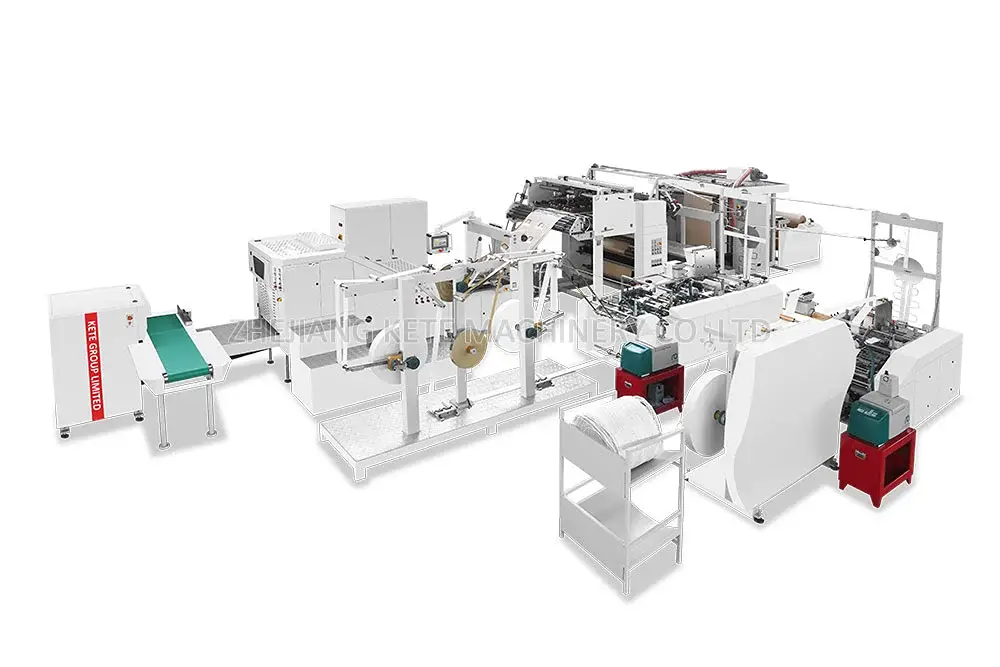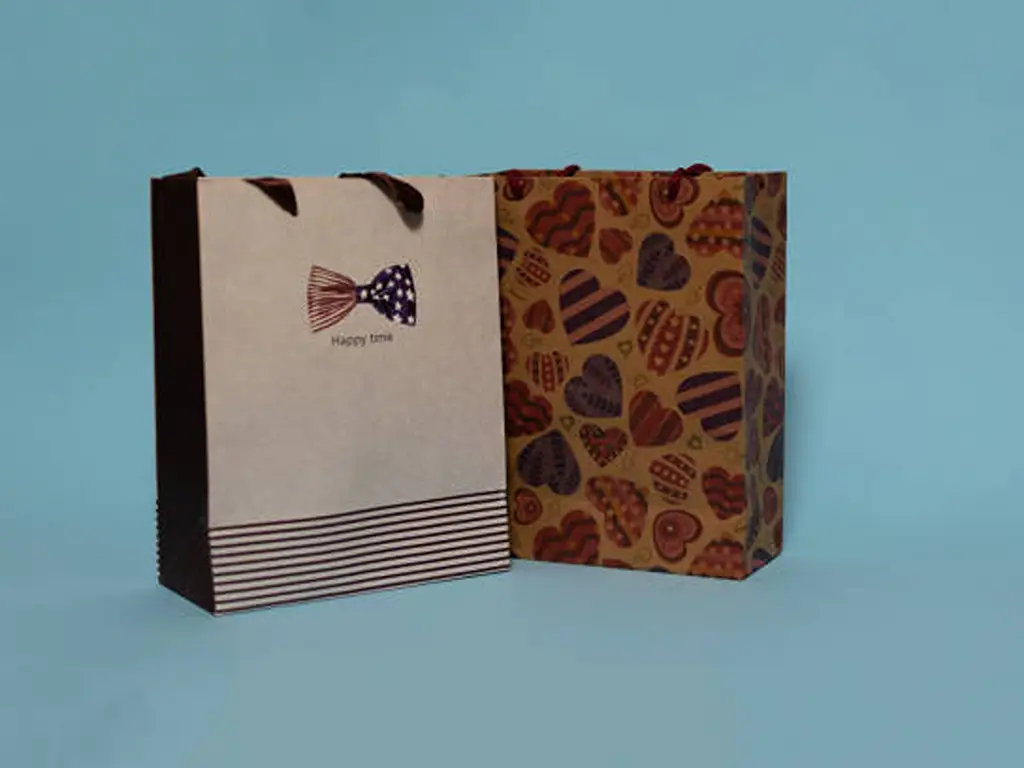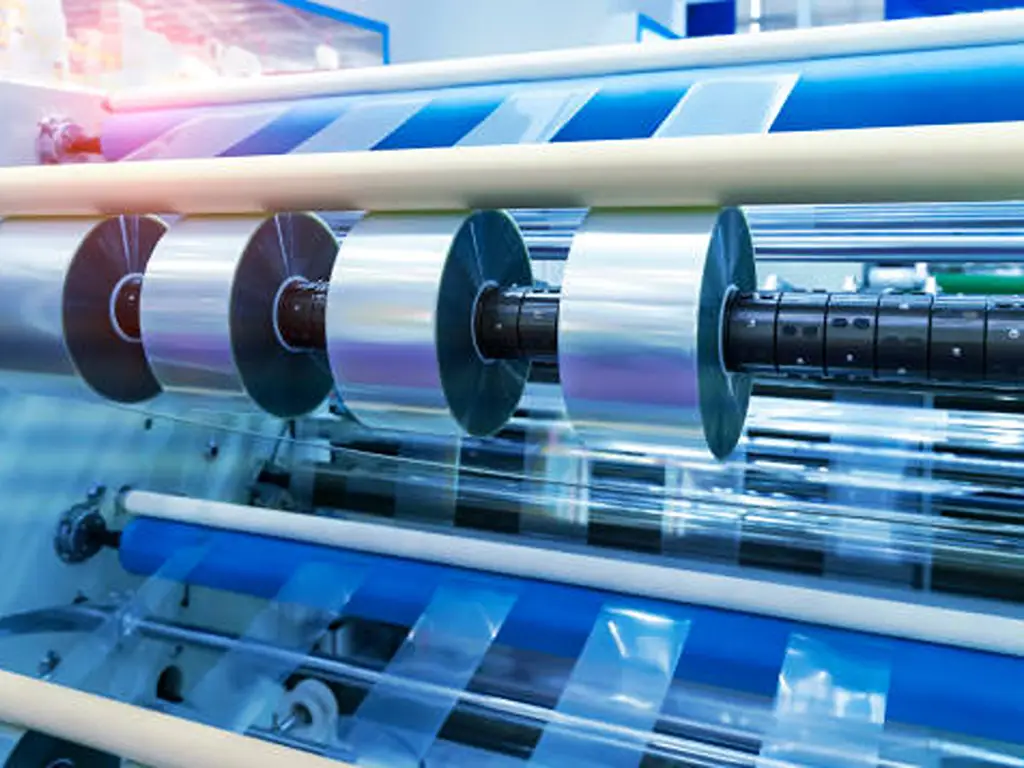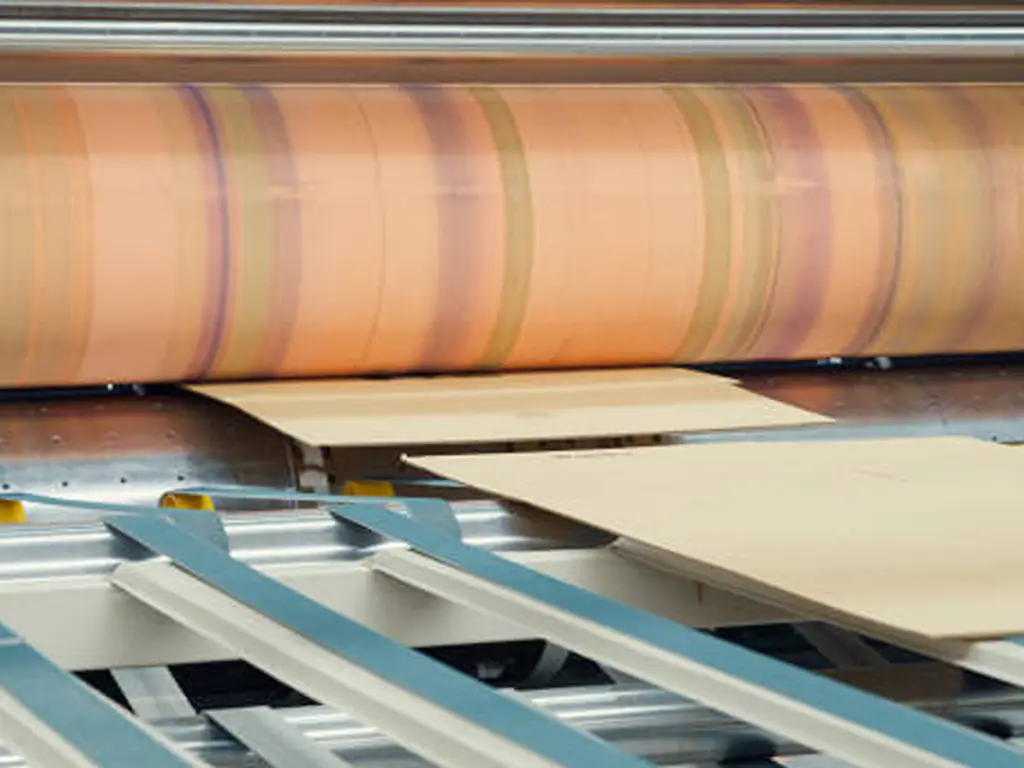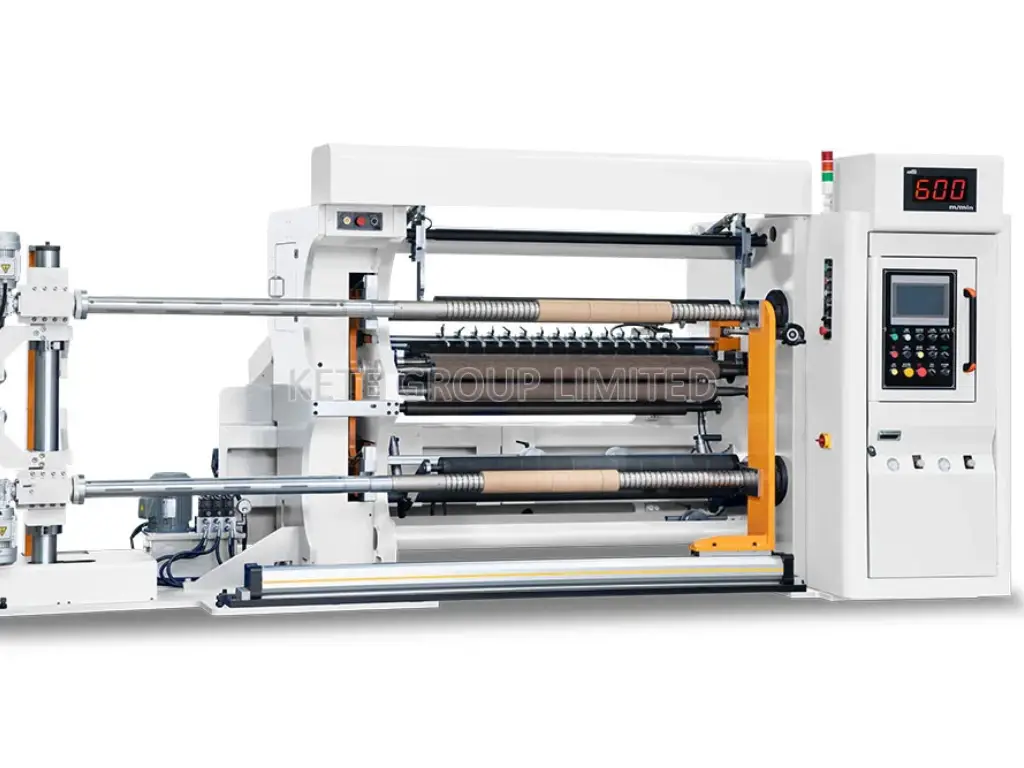
مقدمة عن الأكياس البلاستيكية
The use of plastic bags has become an integral part of our daily lives. From zipping to the grocery store to wrapping up our sandwiches, these different types of plastic bags are the real deal! We’ve got the zippy ones, the big trashy ones, and even the earth-hugging biodegradable plastic bags. Ever wondered how is a plastic bag made? The journey from tiny plastic pellets to a finished bag is a fascinating industrial process, centered around a technology known as Blown Film Extrusion. In this guide, we’ll break down exactly how to make plastic bags.
7 Steps: How to Make Plastic Bags?
هل تساءلت يومًا كيف تتحول حقيبة بلاستيكية بسيطة إلى شكل حقيقي؟ تتضمن عملية تصنيع الأكياس البلاستيكية سلسلة من الخطوات المعقدة، تساهم كل منها في الشكل النهائي للحقيبة. دعونا نلقي نظرة فاحصة على عملية إنتاج البلاستيك.
| خطوة | وصف |
| خام Material Transformation | Raw polymers (derived from natural gas or petroleum) are transformed into plastic resin pellets through heating and pressure in machines like pelletizers. |
| Extrusion Process | The resin pellets are fed into an extruder, melted, and forced through a circular die to form a continuous plastic film tube. |
| Blown Film | The film tube is inflated with air, like a balloon, to stretch it to the desired thickness. |
| Cooling and Setting | The plastic film is rapidly cooled using air or water cooling systems to solidify it and ensure uniform thickness. |
| Coloring and Additive Mixing | Dyes and additives (e.g., UV stabilizers, tear resistance agents) are mixed into the molten plastic to give the film color and enhance its properties. |
| القطع والختم | The plastic film is cut into specific lengths, and the bottom is heat-sealed to form the bag’s base. |
| Printing (Optional) | Flexographic printing is used to apply logos, text, or designs onto the bags. |
| Quality Control and Testing | The bags undergo rigorous tests for thickness, strength, UV resistance, and other properties to ensure they meet quality standards. |
| التعبئة والتغليف والتوزيع | The finished plastic bags are counted, stacked, packaged, and prepared for shipping to retailers or consumers. |
من البوليمرات إلى حبيبات الراتنج: التحول
Polymers are the raw materials, often coming from natural gas or crude oil, that are the starting point for your plastic bag. Before they become the bags that carry your groceries or your lunch, they must first undergo a significant transformation. These polymers are turned into what we call plastic resin pellets. Think of these plastic pellets as the fundamental building blocks; they are the basic units that will be used to create a durable and functional plastic bag..
Now, how does this metamorphosis happen? The process involves a series of controlled stages. First, the raw polymers are subjected to carefully controlled heat and pressure in specialized machines like pelletizers. The quality of these initial pellets directly impacts the final product, which is why the entire manufacturing line, from the extruder onwards, must be robust. This breaks down their complicated chains into simpler, more manageable forms. This process yields small, cylindrical pellets. These pellets are the go-to material for the next steps because they’re consistent and easy to work with.
These aren’t just any old pellets. They are precisely formulated with additives like colorants or UV stabilizers. So, when you see a plastic bag that’s a particular color or extra tough, it’s all thanks to the special recipe of these resin pellets.
In short, this initial stage of turning polymers into resin pellets is critical for the steps that follow. It sets the mood and prepares the stage for the main event. You can’t just skip it and expect a great show.
The Extrusion Process: Crafting the Plastic Film from Extruder
The film extrusion process is where the crucial transformation begins. The resin pellets are loaded into an extruder, a machine that’s about to give our plastic bag its shape.
This is the heart of the manufacturing line. In the industry, this entire stage is called the Blown Film Extrusion process. The molten plastic is forced through a circular die, which shapes it into a continuous tube of thin plastic film. As the tube exits the die, it is pulled upwards and inflated with air, like a long balloon. This stretching is what creates the thin, strong film.
عندما يخرج البلاستيك من الطارد، يتم تبريده بسرعة باستخدام الهواء البارد أو الماء. يؤدي هذا التبريد المفاجئ إلى تصلب البلاستيك وتحويله إلى فيلم. يمكن تعديل سمك هذا الفيلم بناءً على الخصائص المطلوبة للكيس النهائي. هل تحتاج إلى كيس متين لحمل الطوب؟ ستحتاج إلى فيلم أكثر سمكًا. هل تبحث عن كيس خفيف الوزن لحمل شطيرة؟ سيفي الفيلم الرقيق بالغرض.
ولكن إليك حقيقة ممتعة: الفيلم البلاستيكي ليس مسطحًا عندما يخرج من الطارد. بل هو في الواقع أنبوبي. إذا لاحظت يومًا أن معظم أكياس التسوق البلاستيكية بدون درزات على الجانبين، فهذا هو السبب. فهي مقطوعة من أنبوب بلاستيكي مستمر، مما يضمن القوة والمتانة.
تُعد عملية البثق دليلاً على عجائب التصنيع الحديث. فهي مزيج من العلم والهندسة ولمسة من الفن، مما يضمن أن الفيلم البلاستيكي مناسب تمامًا للغرض المقصود منه.
التلوين وإضافة المواد المضافة
بمجرد أن نحصل على الفيلم البلاستيكي، حان الوقت لإضفاء بعض الشخصية عليه. في حين أن اللون الطبيعي للبولي إيثيلين شفاف إلى حد ما، تأتي الأكياس البلاستيكية بمجموعة لا حصر لها من الألوان، من المعتمة إلى الشفافة. كيف يتم ذلك؟ ادخل عالم الأصباغ والمواد المضافة.
يتم خلط الأصباغ مع البلاستيك المنصهر قبل بثقه، مما يضمن لونًا متساويًا في جميع أنحاء الفيلم. سواء كنت تريد لونًا أحمر نابضًا بالحياة أو أزرقًا خفيفًا، فإن الأمر كله يتعلق بالحصول على المزيج الصحيح من الأصباغ.
But color isn’t the only thing added to our bags. Additives play a crucial role in enhancing the final plastic bag properties. Need a bag that can withstand sunlight without degrading? UV stabilizers are added. Want a bag that’s more flexible or resistant to tears? There are additives for that too. This allows the bag’s final properties to be tailored for its intended use.
تبريد الفيلم وتثبيته
بمجرد خروج البلاستيك من الطارد، يكون في حالة ضعيفة إلى حد ما. فهو دافئ وقابل للطرق ولم يصل بعد إلى شكله النهائي. وهنا يأتي دور عملية التبريد. لا يقتصر التبريد على خفض درجة الحرارة؛ بل يتعلق بضمان تماسك البلاستيك بشكل صحيح، والحفاظ على سمكه وقوته المرغوبين.
Air-cooling systems blow cold air onto the film, solidifying it rapidly. In some cases, water cooling systems are used, where the film is passed over chilled rollers. This rapid cooling is crucial. If the film cools too slowly, it can become uneven or develop imperfections. Think of it like chocolate; if it doesn’t cool uniformly, it can become grainy or discolored. The efficiency of the cooling ring is a major factor in production speed. A well-designed air ring, for example, provides a uniform airflow that cools the bubble evenly, preventing weak spots and allowing the machine to run faster without sacrificing quality.
خلال هذه المرحلة، تلعب الأسطوانات أيضًا دورًا محوريًا. فهي تضمن تمدد الفيلم بشكل متساوٍ، مما يمنع ظهور أي تجاعيد أو طيات. إنه توازن دقيق بين درجة الحرارة والتوتر، مما يضمن أن يكون الفيلم مناسبًا تمامًا.
القطع والختم
With our film set and ready, it’s time to transform it into recognizable bags. But how do we go from a continuous roll of plastic film to individual bags? The answer lies in precision cutting and sealing. Before the bags are cut, the rolls of plastic film are often sent to a printing press. Here, logos, text, and graphics are printed onto the film using a process called flexography, which is fast and efficient for large-scale production.
يتم إدخال الفيلم في آلات تقطعه على فترات منتظمة، لتحديد طول الكيس. لكن الكيس لا يتعلق بالطول فقط؛ بل يحتاج إلى قاعدة. وهنا يأتي دور الختم. يتم غلق الجزء السفلي من كل قسم مقطوع باستخدام الحرارة. تعمل هذه الحرارة على دمج البلاستيك معًا، مما يخلق رابطًا قويًا يشكل قاعدة الكيس. من الضروري أن يكون هذا الختم قويًا؛ فهو ما يمنح الكيس قدرته على الحمل.
يظل الجزء العلوي مفتوحًا وجاهزًا للاستخدام. في بعض الحالات، تتم إضافة ميزات إضافية مثل المقابض أو السحّابات، مما يعزز من وظائف الحقيبة.
ضبط الجودة:اختبار السُمك والقوة والخصائص المرغوبة الأخرى
إن مراقبة الجودة هي البطل المجهول في عالم إنتاج الأكياس البلاستيكية. ففي نهاية المطاف، لا أحد يريد كيسًا يتمزق عند أدنى ضغط. إذن، كيف يتم تصنيع الأكياس البلاستيكية بحيث تكون ذات جودة ثابتة؟ من خلال الاختبارات الصارمة.
تخضع كل دفعة من الأكياس لسلسلة من الاختبارات. يتم قياس سمك الأكياس لضمان التجانس. بعد كل شيء، قد لا تصمد الأكياس الرقيقة للغاية، في حين أن الأكياس السميكة للغاية قد تكون مضيعة.
كما تعد اختبارات القوة من الأمور المهمة للغاية. حيث يتم تعبئة الأكياس وشدها إلى أقصى حد ممكن، لضمان استيفائها للمعايير التي وضعها المصنعون. وقد تشمل الاختبارات الأخرى التعرض للأشعة فوق البنفسجية (للتحقق من مقاومة أضرار أشعة الشمس) أو اختبارات الرطوبة (للتحقق من قدرة الحقيبة على صد الماء).
التعبئة والتغليف للتوزيع
بمجرد اجتياز الأكياس للاختبارات بنجاح باهر، تصبح جاهزة للإرسال إلى العالم. ولكن أولاً، يجب تعبئتها. تقوم الآلات بعد الأكياس وتكديسها، وإعدادها للتوزيع. ثم يتم تعبئتها في صناديق، وجاهزة للشحن إلى تجار التجزئة أو مباشرة إلى المستهلكين.
أنواع البوليمرات المستخدمة: ما هي المواد المصنوعة منها الأكياس البلاستيكية؟
هل تساءلت يومًا عن المادة التي تتكون منها الأكياس البلاستيكية التي تحملها في يدك؟ حسنًا، لست وحدك. إن أنواع البوليمرات المستخدمة في هذه الأكياس ليست مجرد كلمات يمكن نطقها؛ فهي العمود الفقري للعديد من استخدامات الأكياس البلاستيكية.
البولي ايثيلين
Let’s start with the big one: polyethylene. It’s the most common material you’ll find in plastic bags. Originating from natural gas and petroleum, polyethylene goes through a whole manufacturing process to become the bags we use daily. There are different types, like low density polyethylene (LDPE), high-density polyethylene (HDPE), linear low-density polyethylene(LLDPE).
LDPE is what you’ll find in those softer, more flexible, and typically more transparent bags—think produce bags at the grocery store.
HDPE is sturdier, more opaque or translucent, and is what you’re holding when you’ve got a bag full of canned goods.
Linear low-density polyethylene (LLDPE) is tougher and has a higher tensile strength than LDPE. It’s often used in stretch films, toys, and some flexible containers.
البولي بروبلين
ثم هناك مادة البولي بروبيلين، وهي المادة الثقيلة الأخرى في عالم الأكياس البلاستيكية. تتميز هذه المادة بنقطة انصهار أعلى، لذا فهي الخيار الأمثل لأي شيء يحتاج إلى تحمل بعض الحرارة. ستجد البولي بروبيلين غالبًا في أكياس التسوق القابلة لإعادة الاستخدام. بالإضافة إلى ذلك، فهي مادة كارهة للماء، مما يعني أنها ممتازة في طرد الماء.
A Note on Additives and Colorants
It’s important to know that these base polymers are often just the starting point. To achieve specific properties, manufacturers mix in various additives. For instance, color masterbatch (a concentrated pigment) is added to create bags of any color, UV stabilizers are included to prevent the plastic from degrading in sunlight, and anti-static agents can be used to stop bags from clinging together. These additions are what give a plastic bag its final look, feel, and specific function.
So, whether it’s polyethylene or polypropylene, and with a little help from additives, each bag has its own set of perks that make it the right fit for different jobs.
الفوائد الهائلة للأكياس البلاستيكية
There’s a whole bunch of reasons we can’t live without plastic bags. But let’s just chat about the highlights and key plastic bag properties that make them an important part of our everyday life.
| خفيف الوزن | من أهم مزايا الأكياس البلاستيكية خفة وزنها. هذه الميزة لا تجعل حملها سهلاً فحسب، بل تقلل أيضًا من تكاليف النقل. عند شحن المنتجات، فإن كل أوقية لها أهميتها، وتوفر الأكياس البلاستيكية حلاً خفيف الوزن ولكنه قوي يمكن أن يؤدي إلى توفير كبير في التكاليف. |
| متين | قد يكون المظهر خادعًا. فعلى الرغم من بنيتها الرقيقة، تتمتع الأكياس البلاستيكية بمتانة لا تصدق. وبفضل البولي إيثيلين عالي الكثافة (HDPE) والبولي إيثيلين منخفض الكثافة (LDPE) المستخدمين في عملية تصنيعها، يمكن لهذه الأكياس أن تتحمل قدرًا كبيرًا من الوزن دون أن تتمزق. وهذه المتانة تجعلها الخيار المفضل لمحلات البقالة ومنافذ البيع بالتجزئة. |
| مقاومة الرطوبة | من السمات المميزة الأخرى للأكياس البلاستيكية قدرتها على مقاومة الرطوبة. تظل بقالتك جافة حتى عندما تمطر في الخارج. هذا هو سحر البلاستيك. تعتبر المواد مثل البولي بروبلين فعالة بشكل خاص في الحفاظ على الرطوبة، مما يجعل الأكياس البلاستيكية مثالية لتخزين الطعام وغيرها من التطبيقات الحساسة للرطوبة. |
| التنوع | تتوفر الأكياس البلاستيكية بجميع الأشكال والأحجام، مما يجعلها متعددة الاستخدامات بشكل لا يصدق. سواء كنت تتسوق لشراء الملابس أو البقالة أو الأجهزة الإلكترونية، فهناك كيس بلاستيكي مصمم لتلبية احتياجاتك. يمتد التنوع إلى ميزات مثل المقابض وأكياس التخزين ذات السحاب وحتى نوع الختم، مما يوفر مجموعة من الخيارات لكل من المستهلكين والشركات. بالإضافة إلى ذلك، غالبًا ما تُستخدم عبوات الأكياس داخل الصناديق للسوائل مثل النبيذ المعبأ في صناديق والأحجام المؤسسية للسوائل الأخرى. يوفر هذا النوع من التغليف طريقة مريحة وفعالة لتخزين ونقل السوائل، مما يقلل من الحاجة إلى الأكياس البلاستيكية التي تُستخدم مرة واحدة. |
وتسلط هذه الفوائد الضوء على الفائدة الكبيرة التي توفرها الأكياس البلاستيكية، مما يجعلها أكثر من مجرد وسيلة مريحة؛ فهي نتاج هندسة وتصميم مدروسين.

Sustainability in Production: What Happens to Waste Material?
عند تصنيع الأكياس البلاستيكية، هناك بعض الإجراءات التي تتم خلف الكواليس ولا تصل إلى المرحلة النهائية. نحن نتحدث عن القطع المتبقية، والأكياس التي لا يمكن التخلص منها، والبقايا التي لم تخرج من الآلات. ولكن في عالم اليوم الذي يولي اهتمامًا كبيرًا بالبيئة، لا نكتفي بإخفاء هذه الأشياء.
Recycling: The Green Comeback A good slice of this backstage waste is ready for an encore. Off-cuts and those bags that didn’t pass the audition can be gathered, can be gathered, melted down, and reprocessed into new bags. This recycling loop is an efficient way to reuse raw materials in plastic production, cutting down the need for fresh polymers. It’s not just eco-friendly; it’s also kind to the manufacturer’s wallet.
Disposal: The Thoughtful Exit But let’s face it, not every piece of waste is ready for a second act. Some, due to mixed materials or other issues, just can’t be recycled and reused. But even these get a dignified exit. Instead of being sent directly to a landfill, they’re often incinerated in a controlled setting, keeping the environment’s best interests at heart. And the cherry on top? Some top-notch facilities turn the energy from this process into electricity. Now that’s a bright idea!
خاتمة
From the initial melting of polymer pellets to the final cut and seal, understanding how a plastic bag is made reveals a process of precision engineering. The process of blown film extrusion, followed by automated conversion, transforms simple raw materials into a durable and versatile everyday item. Now that you’ve seen the intricate steps involved, you have a deeper appreciation for the technology and science behind this ubiquitous product.
ابدأ مشروع الأكياس البلاستيكية الخاص بك مع KETE
Understanding how plastic bags are made is the first step. Bringing them to life requires precision machinery engineered for efficiency and quality. The blown film extruders, printing presses, and bag-making machines are all critical components of a successful production line.
If you’re considering entering the plastic bag industry or want to upgrade your current operations, having the right technology partner is key. At KETE, we don’t just supply machines; we provide complete solutions tailored to your production goals. Contact our experts for a technical consultation or to get a quote on a production line that fits your needs.
FAQS
Q: How much of plastic bags are actually recycled?
أ: Although plastic bags are technically recyclable, less than 10% of them are actually recycled. Most end up in landfills, incinerators, or the environment due to contamination, mixed materials, or the lack of specialized recycling facilities.
Q: What are plastic bags actually made of?
أ: Plastic bags are typically made from high-density polyethylene (HDPE) or low-density polyethylene (LDPE), both of which are petroleum-based plastics. These materials are lightweight, durable, and moisture-resistant, making them ideal for packaging and retail use.
Q: Why can’t Ziploc bags be recycled?
أ: Ziploc bags are often made of recyclable polyethylene, but they’re frequently contaminated with food residue, oils, or moisture, which makes them difficult to process through standard curbside recycling programs. Additionally, their zipper seals can include mixed materials. However, some grocery stores offer drop-off bins specifically for clean, dry plastic films, including Ziploc bags.
Q: How many years does it take for plastic bags to decompose naturally?
أ: Plastic bags can take 500 to 1,000 years to break down in the environment. Even then, they don’t fully biodegrade — they fragment into microplastics, which persist in ecosystems and pose long-term threats to wildlife and human health.
